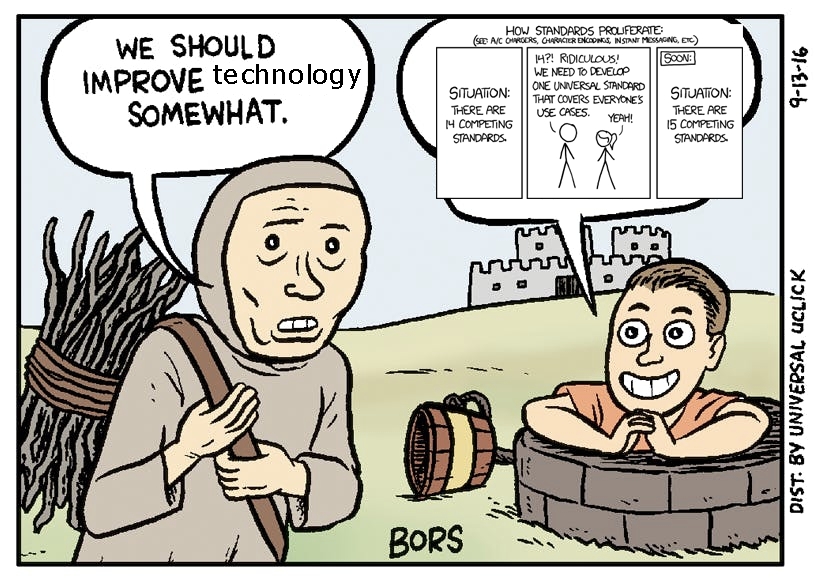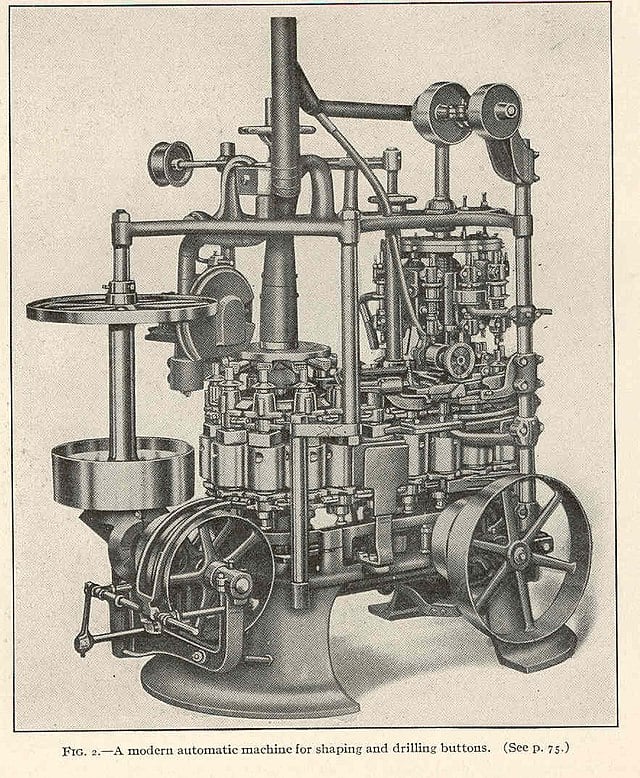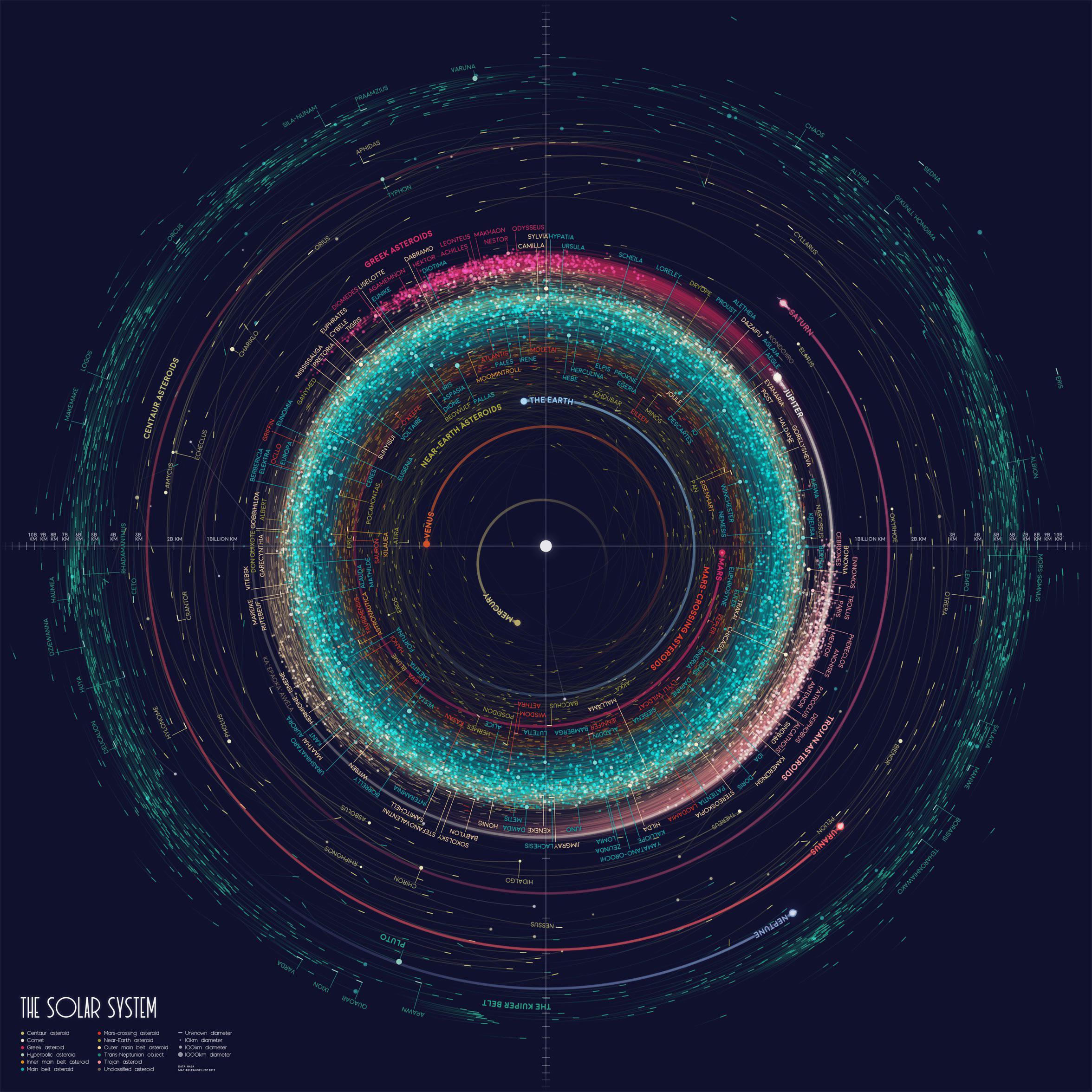Networking standards started picking winners during the PC revolution of the 80’s and 90’s. Ethernet, with the first standards announced in 1983, ended up beating out pretty much other LAN standard at the physical layer (physical plugs, voltages and other ways of indicating signals) and the data link layer (the structure of a MAC address or an Ethernet frame). And this series of standards been improved many times over, with meta standards about how to deal with so many generations of standards through autonegotiation and backwards compatibility.
We generally expect Ethernet to just work, at the highest speeds the hardware is capable of supporting.
networking standards were a mess before ethernet really fucking cooked with twisted pair wiring.
Ethernet had already existed for a little bit prior to this, and most other alternatives were actively being worked on at the time, and relatively similar to ethernet, save for the general technical implementation, token ring as opposed to the funny broadcast meta. But when ethernet was able to just barely get ahead and use twisted pair, the entire thing came crumbling down and everyone agreed that ethernet over twisted pair, with switched star topology was the best.
What’d twisted pair bring to the table? Noise reduction?
three primary things.
Fucking coax, literally the bane of anybody anywhere, fucking horrible standard. Works well, which is the only reason anybody uses it, it’s just a nightmare. (if you have ever dealt with a coax cable, you know exactly what i mean)
Offices were already wired up with phone lines, which often had redundant lines running to each endpoint, meaning you could just hook straight into the existing wiring infrastructure, and convert it to ethernet (very accessible and cheap)
twisted pair comes with the advantage of noise reduction over longer distances, cheaper construction, and significantly simpler wire structure, making it easier to route, manage, terminate, and just generally exist around. (basically the same as the first one lmao)
It was actually so much of a problem, that the original ethernet standard, based on RG-6? I think, don’t quote me on it, ended up moving to a smaller coax standard and was referred to as “thinnet” as it was thinner coax and easier to work with.
what if instead of coming up with new standards to the pile you combine existing ones, based on what works and is reasonable to do?
…that would create a new standard.
yes, but the point is to make something that might actually become new standard instead of making the problem worse. I think the problem is that everyone wants to make something that is great for them and hopes others will just willingly or unwillingly use it.
I think it’s pretty rare that people aren’t trying to make a thing they think is better than what already exists. Even in the comic, they think they’re solving the problem, just like you.
Yes they are, but if result is not improvement then there is a problem in the process. I think that problem is that people just dont think beyond themselves enough.
Who said there weren’t improvements?
Even in your example of combining two, there’s going to be tradeoffs depending on what pieces they choose from each. Sometimes there isn’t an objectively better thing in all aspects.
the ultimate goal of everything should be to try making things better, otherwise what is the point. That is the baseline of all my thinking.
As is the mindset of everyone who set out to make a better standard. You don’t seem to be getting that.
Standards committees: We don’t discriminate. Everyone can have their own standard.
When the standard is a big interoperability push that leverages MORE functionality as a bribe to be implemented.
This is how USB (plug & play!), Bluetooth (wireless headset!), HDMI (high def, single cable!) , and USB-C (both sides are good!) all beat the entrenched pseudo standards.
MIDI.
Before the 80’s, there was no standard interface to control electronic instruments, just a bunch of proprietary interfaces unique to each manufacterer. But in 1983, amazingly they actually standardized on MIDI, and it remains a useful standard to this day, with any new versions of MIDI being completely backwards compatible, so your Yamaha DX7 from the 80’s is still just as viable to use today as the day it was new!
This really is a perfect example. I did a lot of MIDI things as a kid!
Should mention Open Sound Control which is also pretty good. Not exactly a competitor, it was supposed to provide a richer, real time interface. Still popular for certain use cases, including beyond music.
DMX is a similar protocol for lighting.
Sure, there’s artnet and sacn, but most gigs still use good old DMX.I hate to tell you this but DMX passed away in 2021
I see this one quoted a lot when discussing Lemmy communities migration/consolidation/split.
I don’t think it really works that well for forums. Some communities have clearly taken over others (see [email protected] vs [email protected] recently). It’s not standards competing, it’s people going where the activity happens.
Toilet paper rolls.
Somehow we settled on a pretty good size for toilet rolls, and there never seems to be a compatibility issue with holders.
At least not for households. Commercial products have their own things going on, but it doesn’t affect most people.
Is there a formal standard, or did we decide not to mess with good enough?
This is a cool one I haven’t thought of before!
We’ve got a 100 year old toilet roll holder, the spindle was turned on a lathe and the wooden cutout it sits in was hand carved. It is a poor fit for modern high sheet count rolls. We can’t stand to get rid of it so we just leave the roll outside of it until it is small enough to fit.
What’s the width like? Consistent with modern rolls, or no?
Correct, width is the same. It can’t handle the diameter of modern jumbo rolls.
You could always buy smaller rolls. Someone must, since they still exist
My girl makes that decision and wants to keep the holder as well.
I have a half-bath with a modern holder. When that roll is 75% consumed, I move it to the bathrooms with the older style.
I like how you roll.
You’re a machinist! Can’t you just like…make a better one? /s
I actually have a wood lathe and all the other tooling to make one, not that I would.
I’ve been fixing the place up since August. It’s a farm that hasn’t been properly maintained in about 20 years.
I’m doing my best to build to the standard of the original owner and his son with modern materials and methods. It’s a humbling experience. Nothing is quite square but everything is built like it’s bomb proof. You couldn’t afford to build out of solid wood like they did. The joints and meets are also super tight, you can’t get a sheet of paper between roof boards on the barn in most places.
When one roll is empty, have you considered rolling half of a new roll onto it?
That sounds like a lot of fiddly work. Just sit a new roll on the back of the tank and use it until it fits.
If there are fourteen of them, do they deserve to be called “standards” at all?
Light bulb sockets are the same all over. RJ-45 Ethernet, USB-C, Bluetooth, WiFi, TCP, HTTP, HTML, CSS.
HTML CSS and JavaScript each having different syntax is stupid and I will die on that hill.
Just use React or something, you can use a single syntax for all three. It makes total sense why the syntax is different if you think about when and why they were made. We had HTML for years before CSS, and it was longer still until we got JavaScript. Each language has a different purpose, so naturally a different syntax makes sense. Your hill is poorly defended.
In that case on general programming language should have taken over instead of trying to merge all three. Especially CSS, which in its infinite intelligence decided to use the minus operator instead of underscore, is completely out of place. Everything is jank and you can tell it has been patched together with duct tape.
Idk, I like CSS, but I come from a web development background. Modern JS (ES4+) is fully capable of replacing CSS using the style property.
JSX is sort of like a singular language to do all three.
HTML isn’t perfect, but I can’t think of a better language for writing documents. TEX is unintuitive, PDF is opaque, markdown is just HTML shorthand.
It seems a lot of sites these days are actively hostile towards the HTML-CSS combo.
What do you mean? Do you have any examples?
Not really. I guess Google search requires JavaScript now.
USB-C
Gonna have to disagree with you there. Try using a USB-C data cable to charge a device. Now try figuring out which cable out of five is the charge cable.
Those aren’t different standards, they’re just different USB-C cables. It’s like saying light bulb sockets aren’t a unifying standard because there’s different bulbs with different wattages. The fact that all those cables work over the same standard is an example of how ubiquitous the standard is. That said they should be labeled better, like how USB3 was color coded blue; each cable could have a color strip to distinguish it.
Shouldn’t being able to identify which cable is used for which application be part of a standard?
You brought up light bulbs- imagine if they didn’t tell you the wattage? But they do. They print it right on the bulb.
I agree with you, but I don’t think that makes it a poor example; those different cables aren’t competing standards, they’re different types of USB-C cables. They should absolutely label the cables though, big oversight on the standard there.
While light bulb sockets don’t change much from region to region, they definitely aren’t all the same. For the bulbs (not the bars), there’s two large categories: Edison screws and bi-pin. Edison screws also come in a lot of sizes. When compact fluorescents were rolling out, they got a new bi-pin connector from the USA: GU24. My whole home has GU24 fixtures (not by my own choice), but my lamps are Edison screws.
Thank you for teaching me how to replace my porch light (ONLY MY PORCH LIGHT?!?!) that’s been out for over a year. I tried to pull the bulb out and it shattered in my hands. I was like WTF is this shit? Haven’t touched it since.
GU24 is wack, especially for home lighting. I think they aren’t made much anymore.
It was a pain to find gu24, I had to order them online for two rooms
Include car cigarette lighter power ports
The way I see it, it’s not so much an issue of making something that’s better than the other standards. It’s really about getting your standard into actual use and hitting critical mass which makes all the other standards irrelevant.
see also: NACS (yep that’s a Tesla plug in a standards agreement)
Yeah. No standard covers all use cases. It’s just best to have one standard that makes a lot of compromises.
Email, as far as im aware there isn’t some alternative email standard (messaging services, whatsapp, signal, sms, etc do not count imo as I believe they serve a different purpose than email)
DNS, while there are alternative root servers, they still fundamentally rely on the dns protocol.
TCP/IP, when the internet was first starting, this was not the only standard in use, but now it is (to my knowledge).
I thought about this for longer than I should’ve for a comment on a random post, but this is all I could think of lol.
edit: grammar
TCP/IP isnt the only standard in use even today. UDP/IP is the other big one and there’s a few smaller protocols hanging around like utp.
We also have I2P now.
!! i was not aware of I2P. what a wonderful network.
that’s a different layer, it’s not transport but a network protocol. it “competes” with IP
Dont think we need to make that distinction here. :) correct of course but ip vs i2p, tcp vs udp vs utp, etc are all different layers of the same domain.
Ah, I shouldve been more clear. I didnt just mean tcp specifically, I meant IP as a whole, for an example of a competing standard see x.25.
Funny enough, that wikipedia article mentions that x.25 is still in use by the aviation industry, and after a quick search it seems it is! So I guess Im still wrong lol.
fair enough!
You can probably throw Ethernet in there as well then, unless there’s anyone out there rocking a Lemmy instance on token ring…
ARCnet forever!
I remember token ring settings in our family Mac in the early 90s. We eventually got broadband and my carpenter dad wired the house for Ethernet in around 98. He was cool dad at the time and way more tech savvy than anyone expected.
Ipv4 vs ipv6 🫠
TCP/IP is not the same as TCP, and UDP/IP doesn’t exist
Wat.
Lol. Dont waste peoples time in the future thanks!
You’re saying I’m wrong?
USB has worked pretty well IMO
“looks inside” meme with the “oh. oh no” meme spliced onto the end
USB , mini USB, type C USB, iphone bs, do those not count?
Not compared to what we had before usb
It used to be 100% proprietary for everything
USB-C is the latest standard. Try buying a phone, mouse or headphones swith mini USB these days.
My main complaint about USB is the cables. There’s no way of knowing what standards and data speeds the cable may support.
They’ve now, at least, released a standard set of markings. Basically, the data speed in Gb and the power capacity in Watts will be printed on the connector. Whether chinese suppliers will bother complying is another matter.
Your typo makes your comment really confusing because it means the opposite of what you meant to write.
Edited to fix. 👍
Yeah just don’t pay too close attention to the unofficial power delivery protocols.
or the cursed double ended USB-A cables

There are many, I think. Like what other people have mentioned, sometimes the new standard is just better on all metrics.
Another common example is when someone creates something as a passion project, rather than expecting it to get used widely. It’s especially frustrating for me when I see people denigrate projects like those, criticizing it for a lack of practicality…
The competing standards problem is mostly a problem of not actually talking to stakeholders. Most of these “universal standards” don’t cover some rare, specific, but very important, use cases.
Chess, there’s so many wonderful ways to play.
Also, playing cards. Every casino and basement house party uses the same 52 card deck. It’s sold in airports all over the world.
I was surprised to find that there are a ton of symbols that have sought to become the standard notation of sarcasm in text. I think we should really adopt one of those that are far more elegant than the “/s.” /s Looks ugly as fuck.
how about this:
note
i’m being sarcastic
We just need a cartoonified “/s”, as an emoji
look at a physical keyboard and show me any of those symbols.
Is no one going to mention SpOnGeBoB CaPs?
i like /s
I’m going to assume that is sarcastic.
no (yes), i prefer no sarcasm marker ideally, but if you have to, i prefer /s over some others (i dont like /jk or lol). If you can’t tell sarcasm from not sarcasm, you really should not be using internet.
for those who did not get it, this statement was sarcastic and written without /s
But your comment has /s? We should define some escape prevention characters to prevent confusion when using /s /s
i don’t know how the /s in the middle looks, if you just want it to appear verbatim, use the code mode
/s, to use it, wrap whatever you want to keep verbatim between pair of 3 back ticks ```hello```
Poe’s law friend. There are people who honestly believe the earth is flat. There is an elected government official who has made public claims about Jewish Space Lasers.
We live in the dumbest timeline, no matter how stupid or insane a comment is there is someone who legitimately believes it.





















